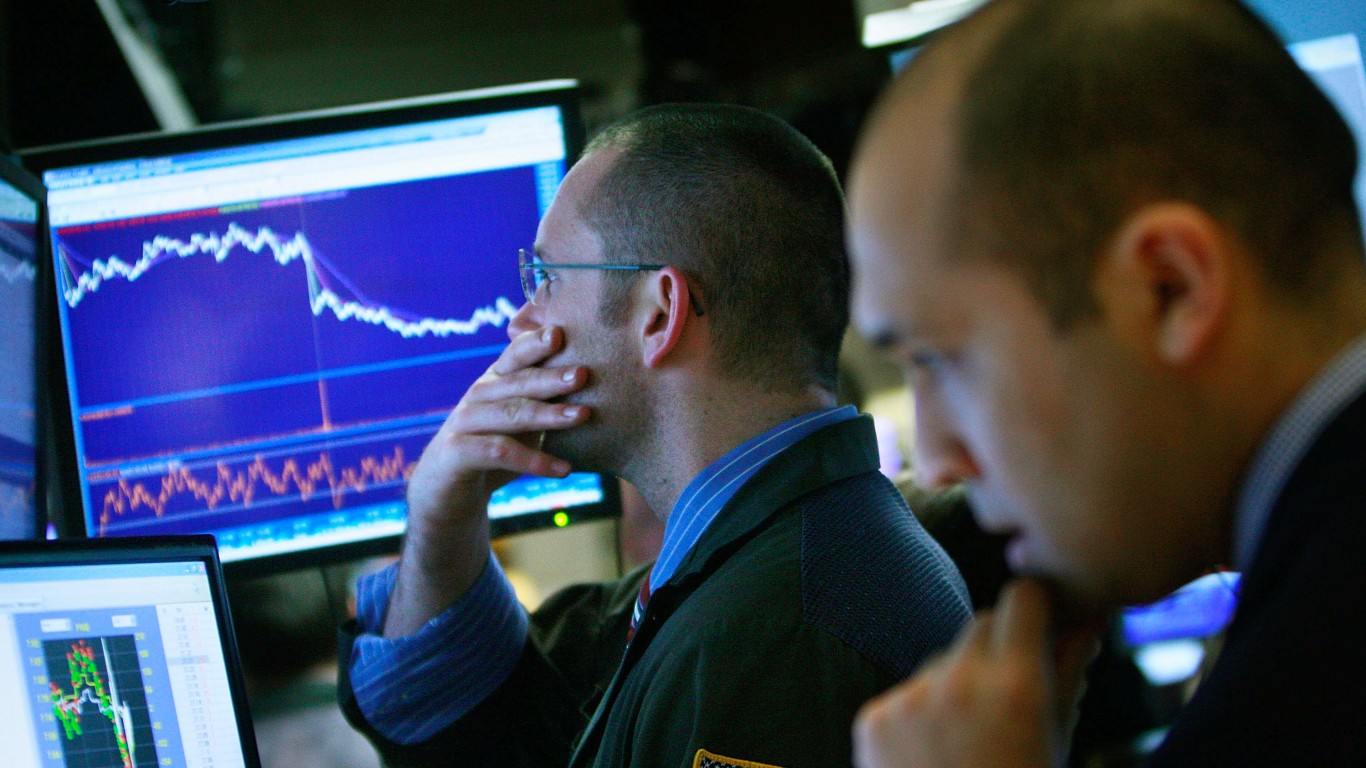Investing
What the Surge in Demand for Zero-Day Options Means for the Stock Market

Published:
Last Updated:

The interest in zero-day options, or options with a maturity of less than 24 hours, has recently spiked, leading to severe intraday moves. The growing popularity of zero-day options has already impacted stock dynamics, triggering a tumble in the S&P 500 last Tuesday.
Zero-day options, also known as 0DTE options, are options contracts that expire on the same day they are traded. In other words, they are options with a maturity of less than 24 hours, primarily used to hedge against intraday risk and market-moving events.
Zero-day options are becoming increasingly popular in the stock market. According to data compiled by Nomura Securities International, about 1.86 million zero-day contracts tied to the S&P 500 traded last Thursday, representing a record 55% of the index’s total volume.
As per the report, the surge in popularity of zero-day options coincides with a shift in the market’s backdrop. Over the past two weeks, the S&P 500 futures have experienced significant intraday selloffs, erasing gains and interrupting the upward momentum pushing the index 28% higher over ten months.
According to Charlie McElligott, Nomura’s cross-asset strategist, this change in market conditions has led to a behavioral shift in the zero-day options space, creating opportunities for trading swings and range overshoots. “It’s an environment ripe for 0DTE trading swings, ranges or overshoots as the perfect vehicle. But then too, it’s feeding such moves.”
Zero-day options have also seen heavy trading activity during significant economic data releases. Traders have taken advantage of the low-cost options to position themselves around these events. Additionally, there has been a shift in the type of options favored by traders, moving from bullish to bearish.
Put options, which allow investors to bet on a decline in the underlying asset, have outnumbered call options (which bet on an increase) by almost 10% over the past 20 days. This marks a contrast from the previous two months when call options dominated.
Stuart Kaiser, head of US equity trading strategy at Citigroup, thinks zero-day options can be an alternative to trading equity futures, especially when implied volatility is low. “You could argue with implied volatility low, the 0DTE options are an alternative to trading equity futures tactically.”
Market makers on the other side of options transactions play a significant role in fueling these dynamics. These market makers need to buy or sell stocks to maintain a market-neutral stance, a process known as gamma hedging.
Recently, they have found themselves in a “short gamma” position, which means they are obliged to go with the prevailing market trend, selling stocks when they go down and buying when they go up. This can give zero-day options a disproportionate influence on the overall market.
However, once these positions expire near the end of the trading session, market makers may need to unwind their hedges, potentially causing a stock turnaround. This was observed last Friday when many at-the-money puts (options bets on a decline) became profitable for their holders, leading to a bounce in the S&P 500 from the session’s low.
There have been numerous instances where zero-day options impacted the stock market over the past couple of weeks. For one, last Tuesday, a surge in trading of these options led to a 0.4% decline in S&P 500 benchmark in 20 minutes, according to Goldman Sachs Group’s managing director Scott Rubner.
In a note, Rubner claimed that market makers responsible for maintaining balanced books were compelled to buy or sell large volumes of stock due to the overwhelming number of options orders. The focus was on bearish puts with a strike price of 4,440, which saw nearly 100,000 contracts worth $45 billion being traded during the session.
As the cost of these options spiked from 70 cents to $9 in a short period near the end of the session, market makers tried to hedge their positions and maintain market neutrality. This resulted in an exodus from equities, as they shifted their investments to stay balanced in the market.
“There is not enough liquidity on the screens to handle market makers delta hedging such a dramatic move over a short 20 minute period,” Rubner, who has studied the flow of funds for two decades, said.
This article originally appeared on The Tokenist
Start by taking a quick retirement quiz from SmartAsset that will match you with up to 3 financial advisors that serve your area and beyond in 5 minutes, or less.
Each advisor has been vetted by SmartAsset and is held to a fiduciary standard to act in your best interests.
Here’s how it works:
1. Answer SmartAsset advisor match quiz
2. Review your pre-screened matches at your leisure. Check out the advisors’ profiles.
3. Speak with advisors at no cost to you. Have an introductory call on the phone or introduction in person and choose whom to work with in the future
Thank you for reading! Have some feedback for us?
Contact the 24/7 Wall St. editorial team.